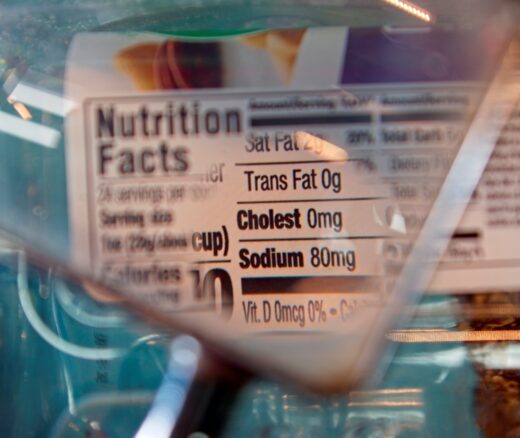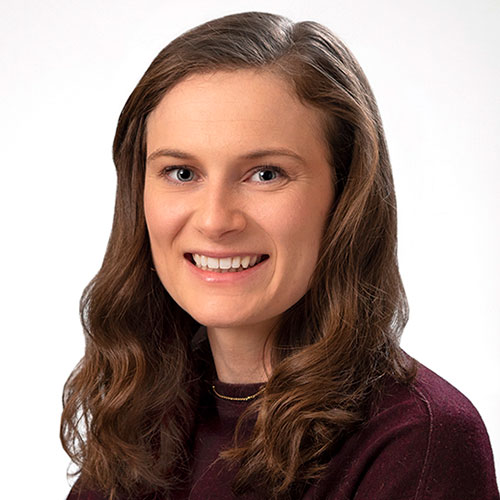
U.S. Food Policy at a Turning Point: Time to Remove Ultra-Processed Foods from Our Plates
A New Call to Action Urges Three Ways State and Local Leaders Can Act To Ban Additives, Improve Food Labels, and Restrict Marketing to Children
Population Health
Blog Post
During the most acute periods of the COVID-19 pandemic, nurses faced record levels of stress and burnout. As pandemic stress on hospitals and nursing homes now recedes, will nurse burnout recede as well? Many policymakers assume so. However, we have found that high rates of burnout and intent to leave existed before the first COVID-19 patients ever entered U.S. hospitals and nursing homes.
Our analysis of survey data collected December 2019 through February 2020 from 33,462 registered nurses (RNs) in New York and Illinois revealed that more than 40% of RNs reported high burnout. As we reported recently in The Journal of Nursing Regulation, one in four were also dissatisfied with their job, and one in five planned to leave their employer within one year (one in three among nursing home RNs). In addition, over half (56%) of RNs reported not having enough staff to get their work done, 68% rated care quality at their workplace as less-than-excellent, and 31% of hospital RNs gave their hospital an unfavorable patient safety rating.
Burnout isn’t just a personal issue for RNs—it is a persistent threat to public health. Evidence shows that in hospitals with higher rates of RN burnout, patient safety is threatened and patients have higher odds of dying.
If RN burnout was already too high before the pandemic, what can be done to decrease it on the heels of a multi-year pandemic response? Setting minimum nurse staffing standards is an evidence-based policy intervention that could be adopted at either the state or federal level or as a condition of participation in Medicare. Chronic understaffing and unsafe nurse workloads are major contributors to RN burnout. Decades of research have shown that each additional patient in a nurse’s workload is associated with poor patient outcomes, including mortality and hospital readmissions, as well as poor nurse outcomes including burnout, job dissatisfaction, and intent to leave. To date, California is the only state to have implemented minimum hospital nurse staffing standards. The unfunded policy mandate was implemented in 2004 with good effect—patients in California hospitals receive 2-3 more hours of nursing care per day on average compared with patients in other states, with the greatest staffing improvements in safety-net hospitals.
A common concern about implementing safe nurse staffing standards is whether there are enough nurses to meet new staffing standards. The U.S. has more nurses per capita and more new entrants to nursing now than ever before. The problem is not that we have too few nurses, but rather that we have too few nurses willing to work under current working conditions.
Other policies can help alleviate nursing shortages that may exist in some geographical regions. For example, state adoption of the Nurse Licensure Compact (NLC) enables RNs licensed in an NLC state to practice in other NLC states via a multistate license. During the first surge of COVID-19, governors in some states (e.g., New York) used their temporary emergency powers to waive licensure requirements for RNs coming from other states to help with the COVID surge. Such emergency powers would not have been necessary had those states been part of the NLC. Twelve states still have not enacted the NLC, including New York and California. Further adoption of the NLC could facilitate greater mobility of the much-needed nursing workforce across the U.S. to meet the demand for nursing care. In addition to relieving acute nurse staffing shortages, mobility from the NLC could facilitate meeting safe nurse staffing standards, which is associated with less nurse burnout. Such a policy would also help reduce long licensing wait times, which have caused significant delays in hospitals trying to onboard new nurses.
Both NLC adoption and minimum nurse staffing standards have wide support. Our study found that most RNs in hospitals (73.4%) and nursing homes (76.3%) have favorable views of the NLC. More than 90% of the general public agree that hospitals and nursing homes should be required to meet safe staffing standards for nurses.
Yet despite 20-plus years of evidence and the numerous National Academy of Medicine reports about the effects of working conditions on clinician burnout and patient safety, hospitals and nursing homes have failed to meaningfully improve working conditions. Our findings that RNs in hospitals and nursing homes experienced poor working conditions, high burnout, and poor patient safety and care quality even before the COVID-19 pandemic are a sobering reminder that our goal should not be to return to the pre-pandemic “normal.” Meaningful policy action via minimum nurse staffing standards needs to be enacted to reduce ongoing nurse burnout and improve the quality and safety of healthcare for Americans.
The study, Conditions of Nursing Practice in Hospitals and Nursing Homes Before COVID-19: Implications for Policy Action, was published in the Journal of Nursing Regulation on April 1, 2022. Authors include Rachel French, Linda Aiken, Kathleen Rosenbaum, and Karen Lasater.



A New Call to Action Urges Three Ways State and Local Leaders Can Act To Ban Additives, Improve Food Labels, and Restrict Marketing to Children

New Therapies Inspire Hope, Even as Access and Treatment Risks Continue to Challenge Patients and Providers

The Wharton Professor Produces a Compendium of Economics Wisdom for Health Care Pros

Announcing Bold New Goals While Crippling the Infrastructure Needed to Achieve Them

LDI Fellows Call for Real-Time De-Escalation Teams and Safer Staffing Ratios to Prevent Chaos Before it Erupts

Penn LDI Senior Fellow Yong Chen Is an MPI in the 10-Institution NIA Undertaking